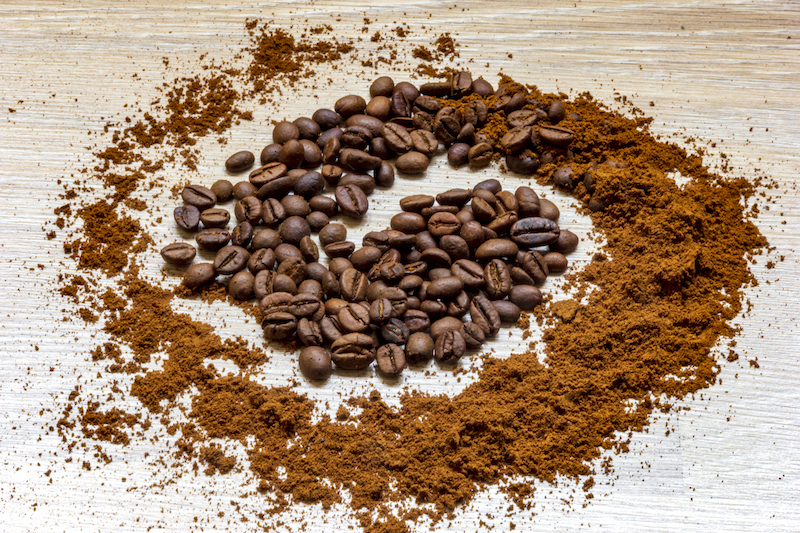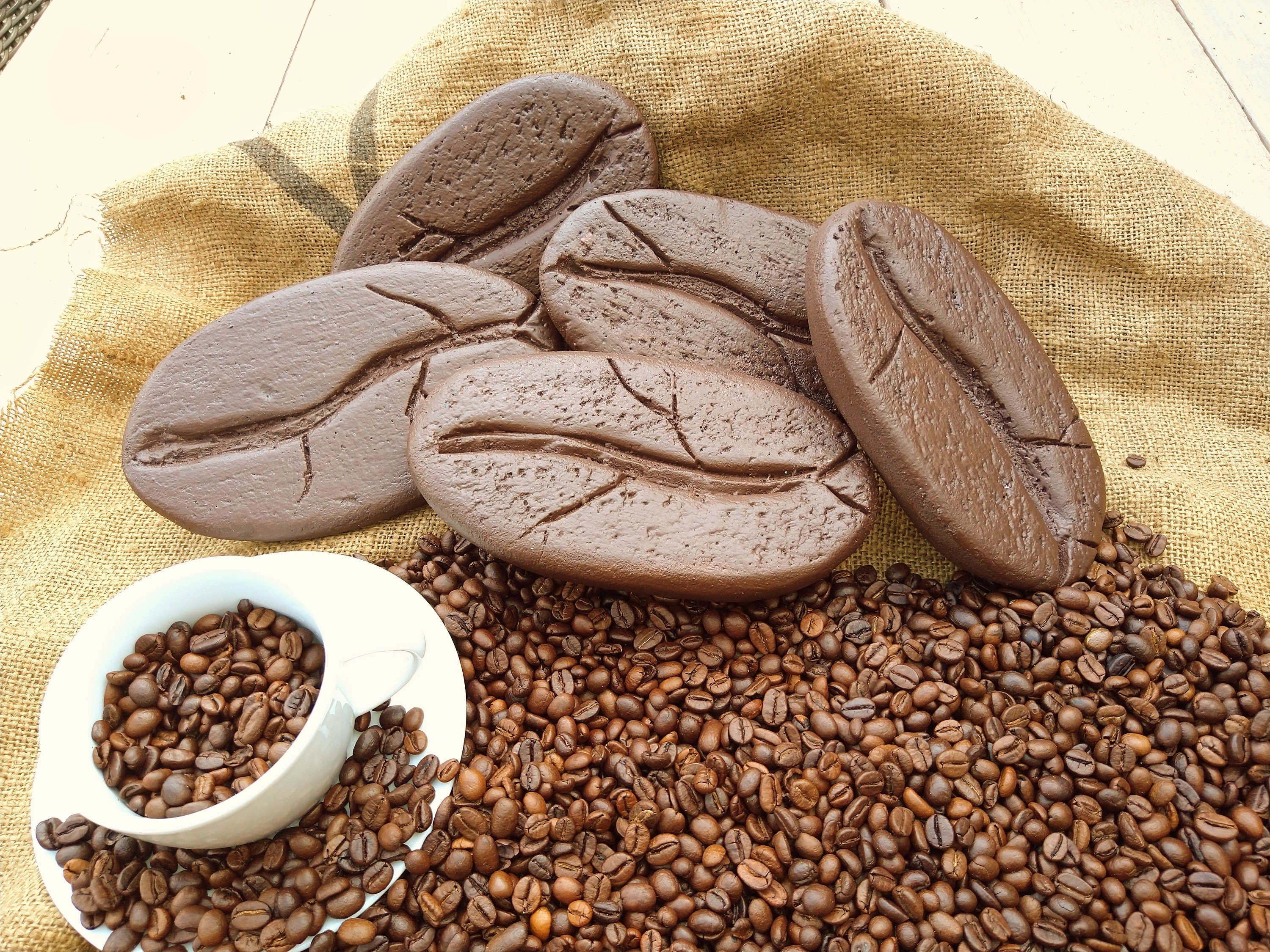Checking Out the Rich Flavors of Coffee Beans: a Deep Dive Into Coffee and Blended Coffee Beans
You uncover a complex world where each range brings its own character to your cup when you discover the rich tastes of coffee beans. Understanding the beginnings, refining methods, and toasting techniques can change your coffee experience. As you navigate via the art of coffee and the imagination behind mixed coffees, you'll begin to value the nuances that make each sip one-of-a-kind. What you'll find next could transform the way you enjoy your early morning brew.
The Beginnings of Coffee Beans: Checking Out Terroir and Taste Profiles
When you take a sip of coffee, you're not just appreciating a drink; you're experiencing an abundant tapestry of flavors formed by the beans' origins. Each area generates unique taste accounts influenced by dirt, altitude, and environment. For example, beans from Ethiopia typically burst with brilliant, fruity notes, while those from Colombia tend to provide a balanced, nutty sweetness.As you check out various origins, you'll discover exactly how terroir-- the environmental variables affecting a plant-- plays an essential duty. The same coffee selection can taste substantially various depending on where it's grown.When you think about these factors, you start to value the intricacy behind your cup. Each sip narrates of the land and the farmers that supported the beans. So, following time you indulge, consider the journey your coffee took prior to it reached your hands, and relish those intricate flavors that mirror its origin.
Understanding Espresso: The Art and Science Behind the Mixture
It's not just concerning the strong taste; it's also regarding the strategies that bring it to life when you think concerning espresso. Recognizing how various preparation approaches effect taste can transform your brewing experience. Let's discover the complexities of coffee prep work and reveal the distinct taste profiles that make each cup unique.
Espresso Prep Work Methods
Coffee prep work is both a scientific research and an art, incorporating precise techniques with a deep understanding of coffee. To start, you'll desire to select top notch, newly roasted beans and grind them carefully for optimal extraction. The work dimension is important; too rugged, and your espresso will certainly be weak, as well great, and it'll be bitter.Next, tamp the premises uniformly in the portafilter to assure consistent extraction. When you secure it into the equipment, go for a brewing temperature level between 190 ° F and 205 ° F.As you pull the shot, watch for the ideal removal time-- around 25-30 secs. The outcome must be a rich, velvety espresso with a beautiful layer of crema ahead - SOE. With method, you'll grasp these techniques
Flavor Profiles Discussed
The world of coffee provides a rich tapestry of taste accounts that can elevate your coffee experience. You'll see a balance of level of acidity, sweet taste, and resentment when you take that first sip. Each espresso bean lugs distinct notes, from floral and fruity to nutty and chocolaty. Light roasts frequently display intense acidity and vivid flavors, while dark roasts present much deeper, bolder tones.Understanding these profiles aids you select the best coffee for your taste. Try out different blends can disclose surprising combinations. As an example, a well-crafted mix may balance the brilliant notes of an Ethiopian bean with the abundant, chocolatey touches of a Brazilian bean. Welcome the journey of uncovering espresso's diverse tastes, and you'll change your coffee ritual into an amazing experience.
Processing Methods: How They Influence Flavor and Scent
While it could seem that the origin of coffee beans is the most substantial element in determining their taste and aroma, the handling approaches utilized post-harvest play a just as vital role. You'll locate that these techniques can substantially alter the final taste profile of your cup.For instance, the washed process removes the fruit from the beans before fermentation, commonly leading to a cleaner, brighter taste. At the same time, the natural process leaves the fruit undamaged during drying, leading to a sweeter, fruitier profile.Other techniques, like honey processing, strike a balance, allowing some fruit mucilage to stay, supplying an one-of-a-kind complexity.Each processing method communicates with the beans' fundamental qualities, improving or silencing certain tastes and aromas. So, when you sip that coffee or blended coffee, keep in mind that the journey from cherry to mug is influenced not simply by beginning yet likewise by exactly how those beans were processed.

Toasting Methods: Opening the Full Potential of Coffee Beans
Toasting techniques look at here are essential for disclosing the complete possibility of coffee beans, as they change raw, eco-friendly beans right into the fragrant, delicious coffee you take pleasure in. The selection of toasting method-- light, tool, or dark-- dramatically affects taste accounts. Light roasts maintain the beans' all-natural acidity and fruity notes, while tool roasts balance sweet taste and richness. Dark roasts, on the various other hand, stress vibrant, smoky flavors.You can trying out toasting times and temperature levels to find your ideal mixture. A slower roast at lower temperatures enables complex tastes to develop, while a quicker roast can intensify anger. Pay interest to the fractures during toasting; the very first fracture shows a light roast, while the second split signals a dark roast - Single Origin Espresso. By understanding these techniques, you'll expose a world of taste, elevating your coffee experience to new elevations. Appreciate every sip, knowing the treatment that went into your cup!
The Magic of Blended Coffee: Producing One-of-a-kind Flavor Experiences
Creating a distinct taste experience with blended coffee can transform your morning ritual into an exploration of taste. By integrating various beans from numerous regions, you can disclose a symphony of flavors that boost your cup to brand-new elevations. Each mix offers an unique account, balancing body, level of acidity, and sweetness to produce something really special.When you choose a blend, you're not simply choosing a coffee; you're selecting a trip across varied landscapes and societies. Trying out various mixes allows you to uncover your individual faves, whether you take pleasure in fruity notes or rich, chocolatey undertones.Blended coffee also provides you the adaptability to readjust the mixture to fit your state of mind. You might crave a light-bodied mix one day and a strong, dark roast the next. Embrace the magic of blending and allow each cup surprise your taste, making every sip a wonderful adventure.
Sampling Notes: Identifying the Subtleties in Your Mug
As you drink your coffee, you might notice a spectrum of flavors dancing on your taste buds, each revealing the complexities of the beans. You might taste the bright acidity similar to citrus or the deep, rich notes akin to dark chocolate. The sweetness could stimulate honey or caramel, balancing the overall account beautifully.Pay interest to the body of the coffee-- does it feel light and airy, or is it complete and creamy? The finish, also, provides hints; a remaining aftertaste may mean nuttiness or flower undertones.Don' t fail to remember to discover the distinct qualities of different beginnings, as each region presents distinctive tastes. For example, Ethiopian coffees usually why not look here existing fruity notes, while Colombian beans might showcase an extra spherical sweet taste. By acknowledging these subtleties, you'll strengthen your recognition for each and every mug, elevating your coffee experience to brand-new elevations.

Brewing Methods: Optimizing Flavor Removal for each Bean
You'll discover that each technique can dramatically affect the flavor account of your coffee when you check out the numerous developing techniques. From French press to pour-over, each method removes various compounds, boosting or muting particular notes. For example, using a French press permits oils to continue to be in the mixture, creating a richer taste, while pour-over emphasizes quality and brightness.Temperature and grind dimension likewise play vital roles. A coarser grind functions best for cool mixtures, while a fine grind is excellent for coffee. Explore water temperature-- in between 195 ° F and 205 ° F-- can expose covert tastes, too.Don' t ignore steeping time; a quick removal can result in sour notes, while over-extraction might produce resentment. By adjusting these variables, you can make best use of taste removal and genuinely boost your coffee experience. Delight in the trip of uncovering what method ideal fits your taste buds!
Often Asked Inquiries
What Is the Perfect Water Temperature Level for Brewing Coffee?
The perfect click for more water temperature level for brewing coffee's between 195 ° F and 205 ° F. If you make use of water that's too warm, you'll over-extract tastes; as well chilly, and you won't extract sufficient. Aim for that pleasant area for the best mixture!
Exactly How Does Work Size Influence Coffee Flavor?
Grind dimension considerably impacts coffee taste. Finer grinds essence much more flavors and oils, leading to a bolder preference, while coarser grinds return a lighter flavor. Readjusting work dimension aids you achieve your desired coffee account.
Are There Wellness Conveniences Related To Alcohol Consumption Coffee?
Yes, drinking coffee can provide wellness benefits. It may boost cognitive function, increase metabolic process, and lower the danger of specific diseases. Simply bear in mind to enjoy it in small amounts to profit without adverse impacts.

What Is the Difference Between Arabica and Robusta Beans?
Arabica beans are smoother and sweeter, typically featuring fruity flavors, while robusta beans are stronger with a bitter taste and greater high levels of caffeine material. You'll see these distinctions in aroma and developing experience.
How Can I Store Coffee Beans for Freshness?
To save coffee beans for freshness, keep them in an airtight container, away from dampness, warm, and light. You'll maintain their taste much longer if you only grind what you require right prior to brewing. When you check out the rich tastes of coffee beans, you reveal a complicated globe where each selection brings its very own personality to your cup. When you take a sip of coffee, you're not just enjoying a beverage; you're experiencing a rich tapestry of flavors formed by the beans' origins. While it may appear that the origin of coffee beans is the most considerable element in identifying their flavor and aroma, the processing techniques used post-harvest play a just as essential role. Toasting methods are crucial for disclosing the complete capacity of coffee beans, as they transform raw, green beans right into the fragrant, tasty coffee you appreciate. As you drink your coffee, you might observe a range of flavors dancing on your palate, each disclosing the intricacies of the beans.